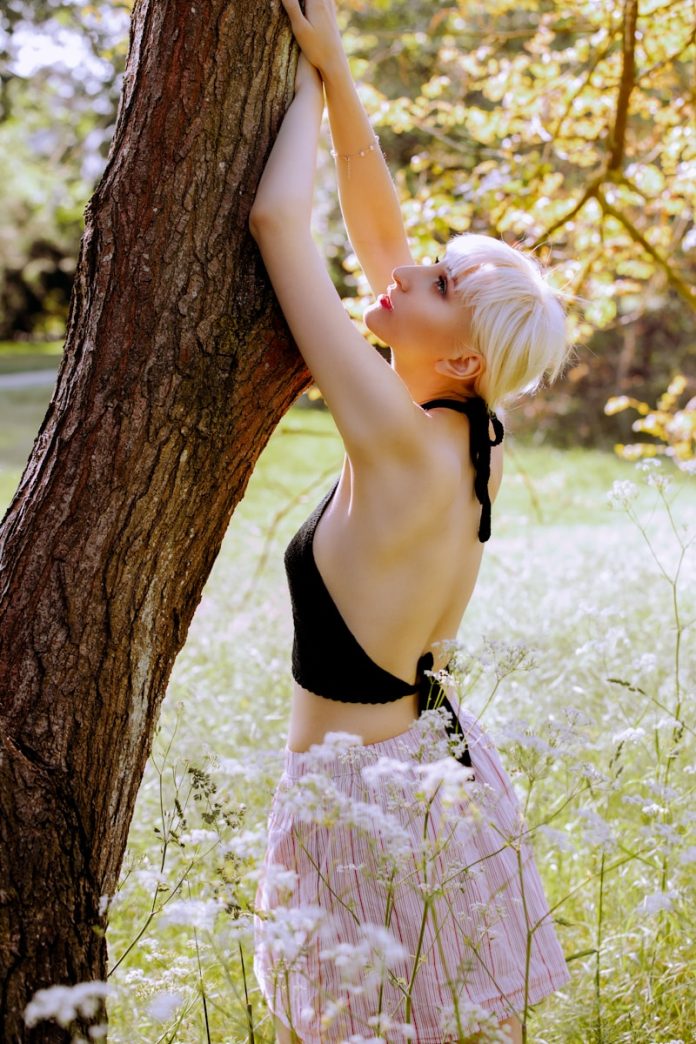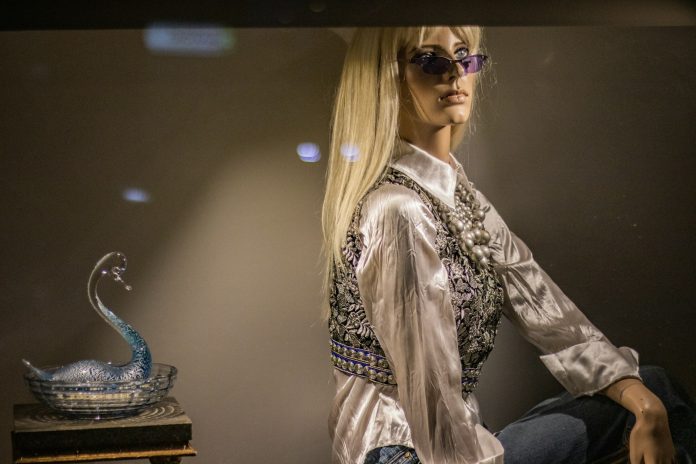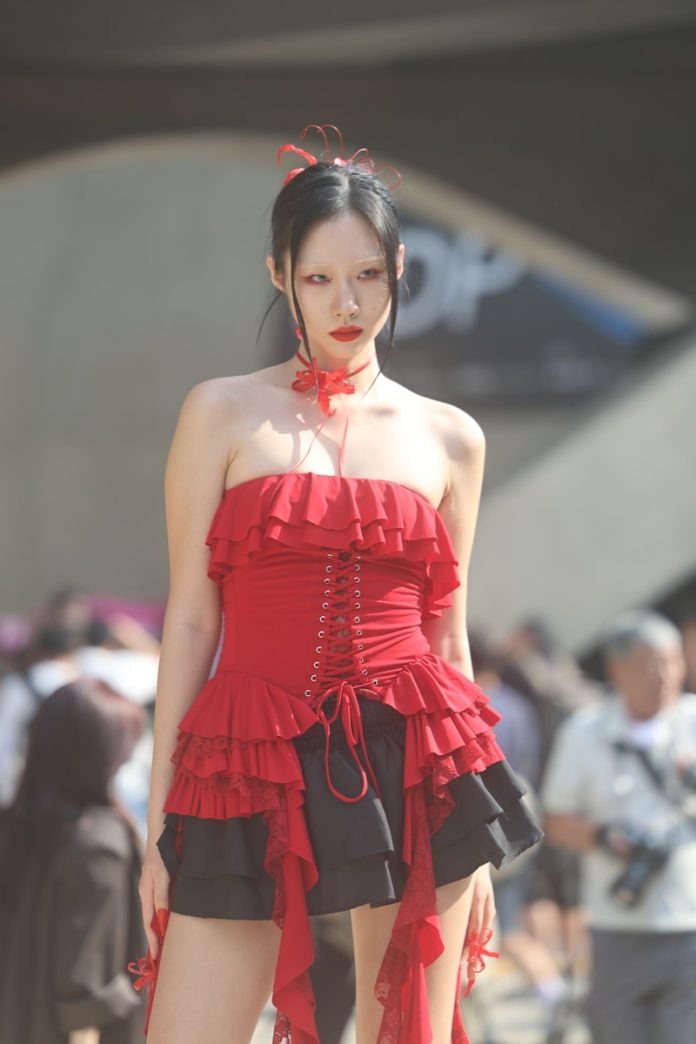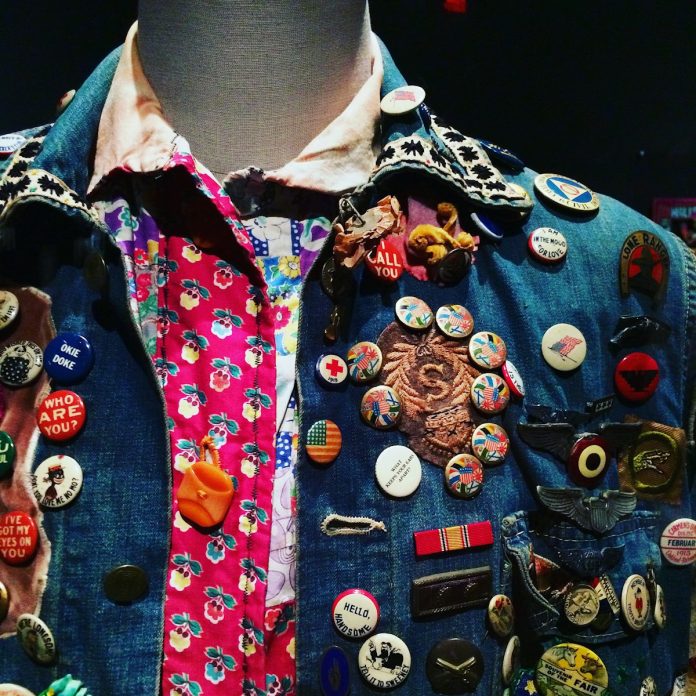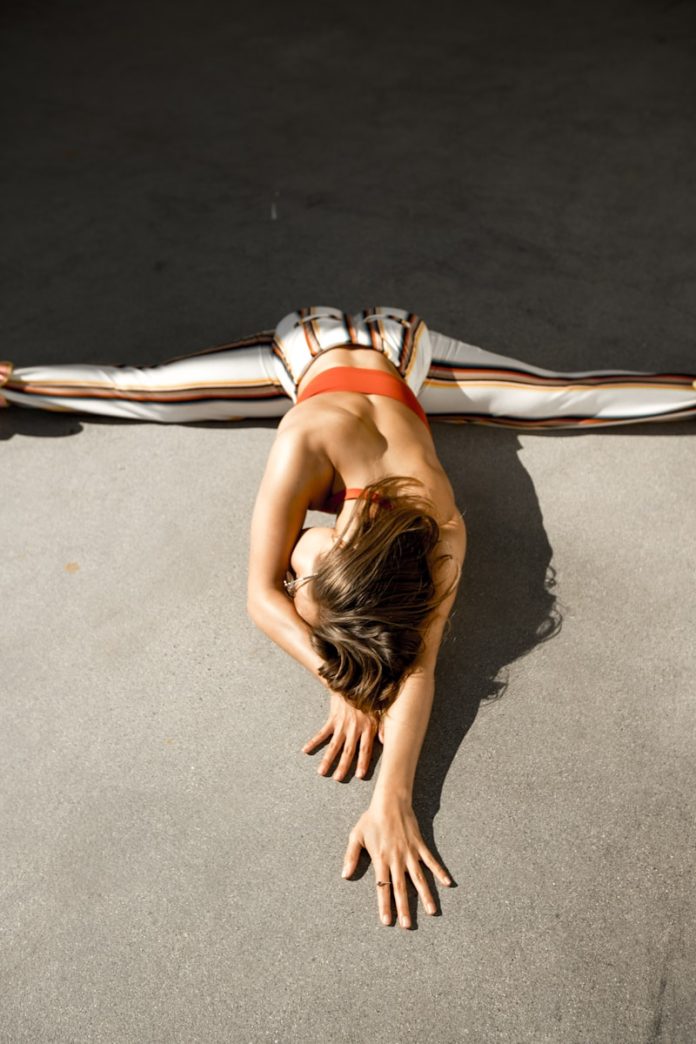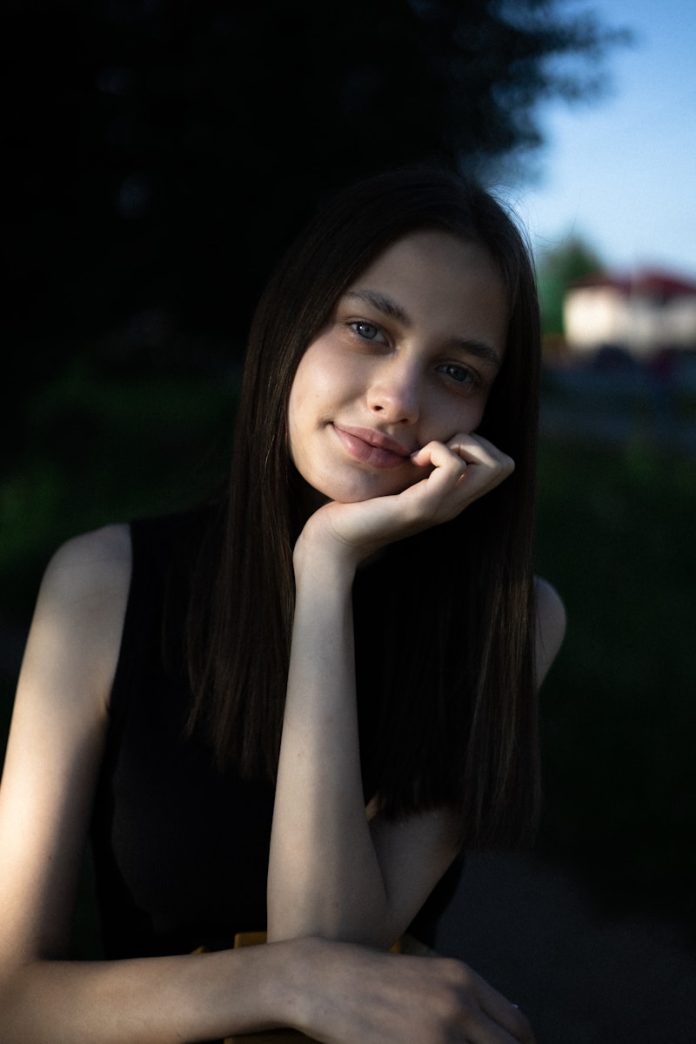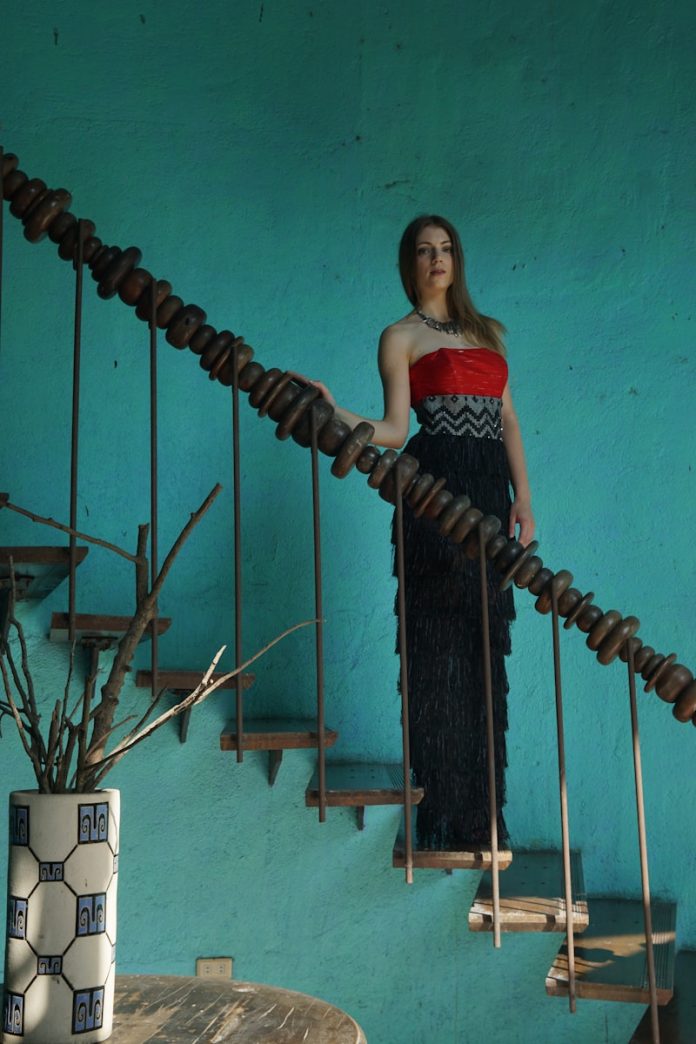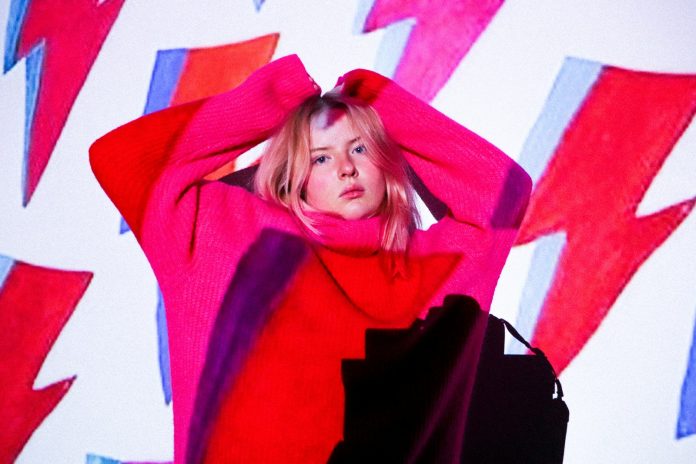Walk into any café, scroll through any feed, or skim through a fashion magazine today, and one thing becomes clear — the face of beauty is changing. Foundation-free skin gleams under soft daylight, barely-there blush mimics a post-walk flush, and freckles — once concealed — now get showcased or even drawn on. The no-makeup glow isn’t just a beauty trend; it’s a cultural moment. And like all cultural moments, it tells a bigger story than its dewy surface suggests.
This is not about skipping mascara or swapping foundation for BB cream. The no-makeup glow is part rebellion, part revelation — a new relationship with self-image in an age defined by overexposure, digital enhancement, and aesthetic burnout.
From Perfection to Presence: A Shift in Beauty Standards
For decades, makeup symbolized transformation. Contour kits and high-coverage foundations became tools to craft the “ideal” face. From the smoky eye of the early 2000s to the Instagram brow of the 2010s, beauty trends emphasized dramatic results. The goal was to be seen — sharper, brighter, more symmetrical.
But something changed.
In recent years, beauty ideals have quietly pivoted. Where once we celebrated airbrushed perfection, we now crave authenticity. Models pose barefaced in natural light. Celebrities post skincare selfies. Campaigns use words like real, raw, and radiant. It’s as if the pendulum has swung from visibility to vulnerability — and with it, the rise of the no-makeup glow.
This shift isn’t about abandoning beauty; it’s about redefining it. It asks: what if the most stunning version of yourself is the one that looks like you at 9 a.m. in the sunlight — moisturized, confident, and unfiltered?
The Glow as a State of Mind
To achieve the no-makeup glow is to appear effortlessly luminous — but make no mistake, it’s not effortless. Behind every “natural” look is intentional care: exfoliation, hydration, serums, SPF. Skinimalism — the trend of minimizing makeup and maximizing skincare — has become the new foundation, literally and metaphorically.
This isn’t shallow. It reflects a deeper desire to feel good in one’s skin, not just look good in pictures. In a world where filters blur reality and beauty becomes performance, glow culture pushes back. It invites people to step into daylight — not to hide or perfect — but to exist as they are, enhanced only by self-care and self-acceptance.
Influencers, Algorithms, and the Intimacy of Bare Skin
The no-makeup glow is social-media friendly, but also surprisingly intimate. In an era of digital façades, bare skin feels radical. That’s part of the reason it’s so magnetic. When a content creator posts a makeup-free reel in the morning light, viewers don’t just see skin — they see vulnerability. It feels less like marketing and more like a mirror.
Even brands have noticed. Skincare companies now lead beauty campaigns, blurring the lines between health, wellness, and aesthetics. And while cynics may label this as another marketing ploy, there’s real power in shifting the focus from coverage to care.
We’re not just being sold a serum — we’re being offered a feeling: calm confidence. That “I just got back from yoga and drank 2 liters of water” glow. That’s the new aspiration — not unattainable glamour, but attainable radiance.
Beauty Through a Cultural Lens
This glow revolution isn’t without complexity. For some, going barefaced is liberating. For others, it may feel loaded with privilege. The ability to wear no makeup and still be seen as “glowing” often aligns with Western, Eurocentric beauty standards — clear skin, minimal texture, symmetrical features.
Historically, people of color, especially women, have been expected to present themselves as “polished” to be seen as professional or respectable. For many, makeup has been a tool of survival as much as expression. So when the beauty world shifts to “natural,” we must ask — whose natural are we celebrating?
True beauty liberation must be inclusive. The no-makeup movement has the potential to empower, but only if it embraces all kinds of skin — textured, scarred, pigmented, aging — and recognizes beauty in diversity, not conformity.
Daylight vs. Spotlight: Why We’re Craving Realness
The glow of daylight — soft, uneven, revealing — contrasts sharply with the spotlight of traditional media. The no-makeup glow lives in the former. It feels real, like a breath of fresh air in a room full of ring lights.
In part, this stems from burnout. Constant curation, aesthetic pressure, and performance fatigue have left many craving rest — even in beauty. The no-makeup glow aligns with broader trends of minimalism, slow living, and mental wellness. It’s less “look at me” and more “I’m okay with me.”
This doesn’t mean giving up on beauty. It means recalibrating what beauty means. It becomes less about transformation, more about revelation — allowing what’s underneath to rise to the surface and shine.
Skincare: The New Ritual
With this shift, skincare has become sacred. Cleansing isn’t just a step; it’s a ritual. Serums are less about science and more about self-worth. There’s something tender about taking time to care for your face, not to erase imperfections, but to honor the skin that carries you through the day.
This reframes beauty as a form of mindful maintenance rather than performance. It connects physical appearance with emotional state. After all, when your skin feels hydrated and healthy, you often carry yourself differently — more grounded, more present.
In this way, the no-makeup glow is internal and external. It’s a reflection of how you treat yourself — not just what you put on your face.
A Future Beyond the Filter
As technology accelerates, so does the artificiality of beauty. AI-generated influencers, face filters, and editing apps have distorted our perceptions. In contrast, the no-makeup glow feels refreshingly analog. It’s a pause. A reminder that beauty doesn’t need to be pixel-perfect to be powerful.
The hope is that this trend will outlast the algorithms. That the celebration of natural light, authentic skin, and individuality won’t just be a phase but a foundation for future beauty narratives.
Of course, there’s still room for artistry. Makeup will always be a form of play, expression, and transformation. But perhaps the pendulum has finally found its balance — where you can glow with or without makeup, and both are equally valid.

